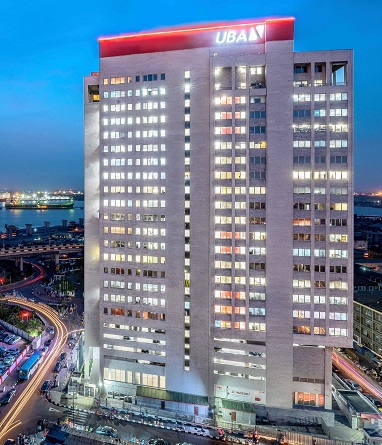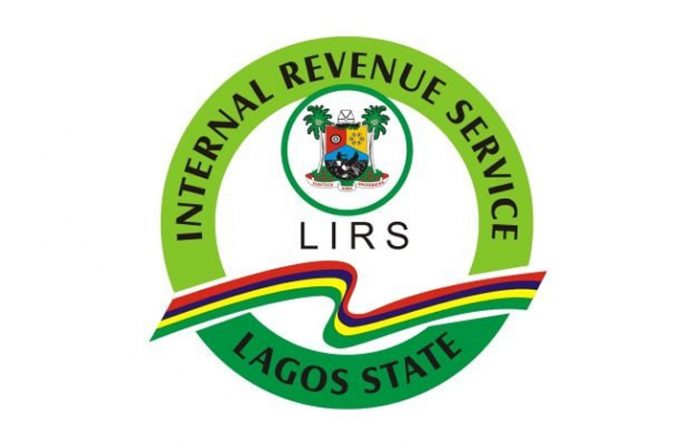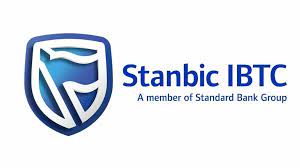Fitch Ratings has affirmed United Bank for Africa (UBA) Plc’s Long-Term Issuer Default Rating (IDR) at ‘B’ with a Stable Outlook. Fitch has also affirmed its Viability Rating (VR) at ‘b’ and National Long-Term Rating at ‘A+(nga)’.
Fitch has withdrawn UBA’s Support Rating and Support Rating Floor as they are no longer relevant to the agency’s coverage following the publication of its updated Bank Rating Criteria on 12 November 2021. In line with the updated criteria, we have assigned UBA a Government Support Rating (GSR) of ‘no support’ (ns).
Key Rating Drivers
UBA’s IDRs are driven by its standalone creditworthiness, as reflected in its ‘b’ VR. The VR considers UBA’s exposure to the Nigerian volatile operating environment, but also the bank’s healthy profitability and adequate capitalisation, which provide reasonable capacity to absorb losses from an economic downturn.
UBA’s National Ratings are driven by the bank’s standalone strength. They are lower than the highest rated Nigerian banks’ due to UBA’s relatively softer through-the-cycle financial metrics.
Downsides to Operating Conditions: Rising global risks will weaken domestic operating conditions. Inflation (16.8% in April 2022) is expected to remain stubbornly high, posing downside risks to our real GDP growth forecasts of 3.1% and 3.3% in 2022 and 2023, respectively. However, downside risks are mitigated by strong oil prices that should also underpin growth in non-oil sectors and banks’ asset quality.
Strong Local and Pan-Africa Franchise: UBA has a pan-African franchise with subsidiaries in 20 countries outside of Nigeria (with 56% of net income and 39% of assets at end-2021 coming from the rest of Africa). We believe UBA’s ability to capitalise on business and trade flows and attract deposits across the continent is a competitive advantage relative to peers’.
Public Sector Exposure, High Concentrations: UBA’s risk profile is driven by high single-obligor concentration, leaving capital vulnerable to default by large borrowers and by high sectorial concentration, albeit less in oil and gas compared with the large peers’. Our assessment of credit risk also considers the bank’s substantial sovereign risk exposure from investments in government debt securities, including to some sovereigns that are rated lower than Nigeria.
Asset-Quality Risks: Asset-quality impairments have been limited to date and net loans remained low at 42% of total assets at end-2021. Asset-quality metrics improved in 2021, with the impaired (Stage 3 under IFRS 9) loans ratio falling to 3.8% at end-2021 (2020: 4.8%). Total reserves coverage of impaired loans also rose to 93%, the highest in the peer group. Our asset-quality assessment also considers UBA’s lower oil and gas exposure (16% of gross loans compared with the sector average of 30%) and high exposure to Nigerian government securities.
Healthy Profitability: UBA’s profitability metrics have been consistently strong through the cycle. The bank reported a moderate increase in its operating profit-to-risk weighted assets (RWA) ratio to 5.7% in 2021 from 5.4% in 2020, despite falling asset yields and regulatory limits on transaction fees, and lower transaction volumes, which continue to weigh on non-interest income (27% of gross revenue in 2021).
Adequate Capitalisation: Capitalisation is adequate and expected to be under moderate pressure as RWAs are inflated by currency devaluation. UBA’s common equity Tier 1 (CET1) ratio was a solid 20.9% at end-2021, reflecting its low-risk weight density (end-2021: 31%).
Strong Funding and Liquidity: Funding and liquidity are rating strengths. UBA’s loan-to-deposit ratio of 44% at end-2021 reflected a liquid balance sheet, which covered short-term maturity gaps in naira. Local-currency liquidity is ample (regulatory liquidity ratio of 35% at end-2021), with excess liquidity placed in government securities. Deposits account for 85% of funding and largely comprise stable current and saving accounts.
No Support: Sovereign support to commercial banks cannot be relied on given Nigeria’s weak ability to provide support, particularly in foreign currency. The GSR is therefore ‘ns’, reflecting our view that senior creditors cannot rely on receiving full and timely extraordinary support from the government.
Rating Sensitivities
Factors that could, individually or collectively, lead to negative rating action/downgrade:
A sovereign downgrade would result in a downgrade of the Long-Term IDR given that UBA does not meet Fitch’s criteria to be rated above the sovereign.
A combination of an increase in the impaired loans ratio significantly above 10% and aggressive growth at home or abroad that results in very thin buffers over regulatory capital requirements or a sharp decline in the Fitch Core Capital ratio without clear prospects to restore capital would pressure the VR.
Factors that could, individually or collectively, lead to positive rating action/upgrade:
An upgrade of the Long-Term IDR would require a sovereign upgrade and a strengthening of the bank’s capitalisation.
Other Debt and Issuer Ratings: Key Rating Drivers
Senior debt issued by UBA under its programme constitutes direct, unconditional and unsecured and unsubordinated obligations of the bank and rank at least pari-passu with all other outstanding unsecured and unsubordinated obligations of the bank. Therefore, we rate senior unsecured debt in line with the Long-Term IDR of the bank.
Other Debt and Issuer Ratings: Rating Sensitivities
Factors that could, individually or collectively, lead to negative rating action/downgrade:
The programme’s ratings would be downgraded if UBA’s IDRs are downgraded.
Factors that could, individually or collectively, lead to positive rating action/upgrade:
An upgrade of the programme’s ratings would come from an upgrade of UBA’s IDRs.
VR Adjustments
The earnings and profitability score of ‘b+’ is below the ‘bb’ category implied score, due to the following adjustment reason: risk-weight calculation (negative).
The capitalisation and leverage score of ‘b’ is below the ‘bb’ category implied score, due to the following adjustment reason: leverage and risk weight calculation (negative).
Best/Worst Case Rating Scenario
International scale credit ratings of Financial Institutions and Covered Bond issuers have a best-case rating upgrade scenario (defined as the 99th percentile of rating transitions, measured in a positive direction) of three notches over a three-year rating horizon; and a worst-case rating downgrade scenario (defined as the 99th percentile of rating transitions, measured in a negative direction) of four notches over three years. The complete span of best- and worst-case scenario credit ratings for all rating categories ranges from ‘AAA’ to ‘D’. Best- and worst-case scenario credit ratings are based on historical performance.
ESG Considerations
The highest level of ESG credit relevance, if present, is a score of ‘3’. This means ESG issues are credit-neutral or have only a minimal credit impact on the entity, either due to their nature or to the way in which they are being managed by the entity.














